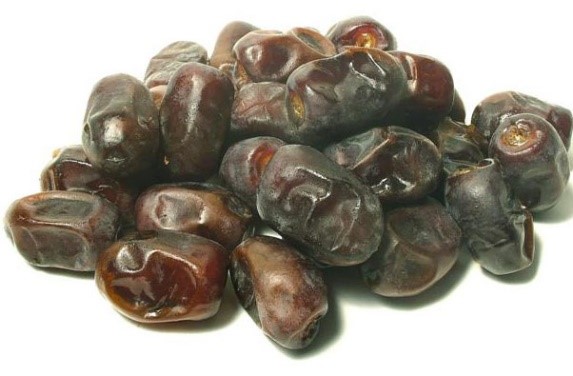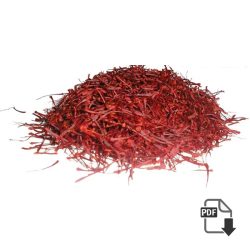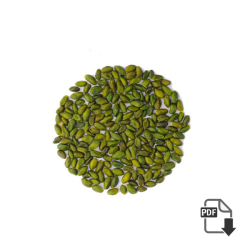Tapping into a Growing Market
Introduction to Dried Mulberries
Dried mulberries are a delicious and nutritious snack, gaining popularity among health-conscious consumers worldwide. Known for their sweet flavor and chewy texture, these little superfoods are rich in vitamins, minerals, and antioxidants. As the demand for natural and organic products continues to rise, the export market for dried mulberries presents lucrative opportunities for businesses. This guide will explore the benefits of exporting dried mulberries and key strategies for success in this growing sector.
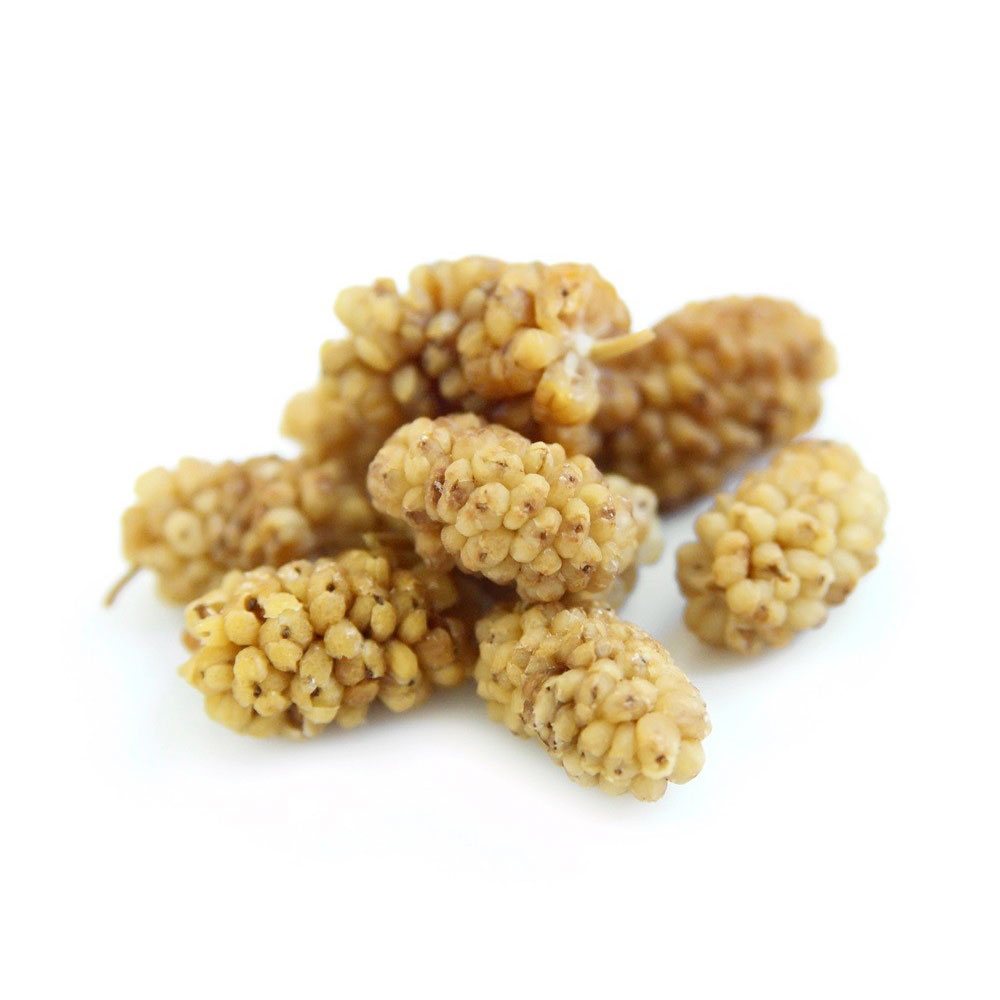
Why Export Dried Mulberries?
The global market for dried fruits is expanding, and mulberries are becoming increasingly sought after for several reasons:
1. Nutritional Benefits
Dried mulberries are packed with essential nutrients, including:
- Vitamins: High in vitamin C and vitamin K, promoting immune health and bone strength.
- Minerals: Rich in iron, potassium, and calcium, supporting overall bodily functions.
- Antioxidants: These contain powerful antioxidants, which help combat oxidative stress and reduce inflammation.
These health benefits have led to an increase in consumer demand for dried mulberries, particularly among those following healthy lifestyles or plant-based diets.
2. Versatile Culinary Uses
Dried mulberries are incredibly versatile and can be used in various dishes, including:
- Snacks: Enjoyed as a healthy snack on their own or mixed with nuts and seeds.
- Baking: Added to muffins, cookies, and bread for natural sweetness and texture.
- Smoothies and Salads: Used as a topping for smoothies, yogurt, and salads.
Their adaptability in the kitchen makes dried mulberries an appealing choice for consumers and chefs alike.
3. Growing Demand for Superfoods
As consumers become more health-conscious, the demand for superfoods continues to grow. Dried mulberries fit perfectly into this trend, as they offer a nutrient-dense option for those seeking natural, health-promoting foods. Exporting dried mulberries allows businesses to capitalize on this rising interest and establish themselves in the health food market.
Key Requirements for Dried Mulberry Exporting
1. Quality Standards and Certifications
To succeed in the dried mulberry export business, adhering to international quality standards is crucial. Different markets have specific regulations regarding the quality, size, and packaging of dried fruits. Familiarize yourself with the guidelines set by organizations such as the USDA or EU to ensure compliance.
Maintaining high quality is essential for building trust with buyers and ensuring repeat business. Obtaining certifications such as HACCP (Hazard Analysis Critical Control Point) and organic certifications can enhance your product’s credibility.
2. Effective Packaging and Labeling
Proper packaging is vital for preserving the quality of dried mulberries during transportation. Use airtight, moisture-resistant packaging to prevent spoilage and maintain freshness. Clear labeling is also essential, including:
- Product name (e.g., “Dried Mulberries”)
- Country of origin
- Expiration date
- Nutritional information
- Certifications (e.g., organic, non-GMO)
3. Customs Documentation and Phytosanitary Certificates
Understanding customs regulations is critical when exporting dried mulberries. Ensure you have all necessary documentation for a smooth export process, including:
- Commercial Invoice: Outlines the transaction details, including quantity and price.
- Phytosanitary Certificate: Verifies that the dried mulberries are free from pests and diseases and comply with health standards.
- Certificate of Origin: Confirms the country where the mulberries were grown and harvested.
- Packing List: Details the contents of the shipment for customs purposes.
Strategies for Successful Dried Mulberry Exporting
1. Identify Target Markets
Conduct thorough market research to identify regions with high demand for dried mulberries. Countries like the United States, Canada, and various European nations are significant markets due to their growing interest in healthy foods. Understanding consumer preferences and purchasing habits in these regions will help you tailor your offerings.
2. Build Relationships with Local Distributors
Establishing strong relationships with local distributors and wholesalers is crucial for expanding your reach in international markets. Attend trade shows, food expos, and industry events to network with potential buyers. Online platforms can also facilitate connections with interested importers.
3. Monitor Market Trends and Pricing
Stay informed about market trends and pricing fluctuations for dried mulberries. Understanding seasonal variations and consumer preferences can help you optimize your pricing strategy and ensure competitiveness in the market.

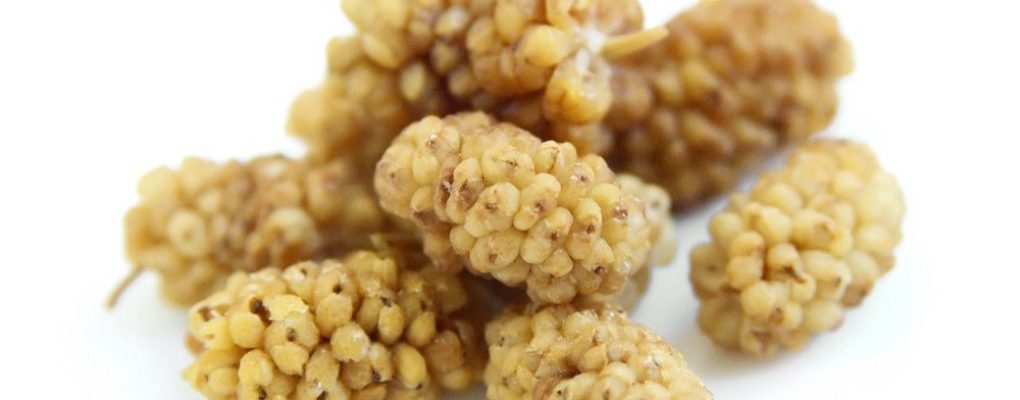
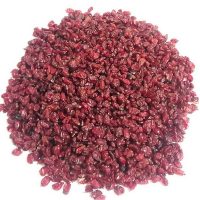
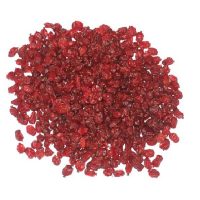
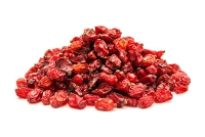

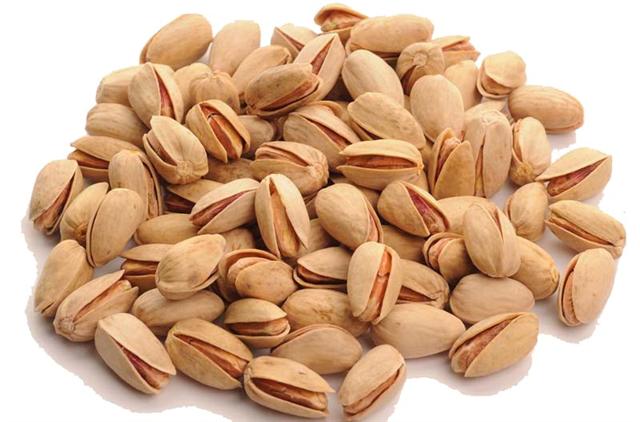
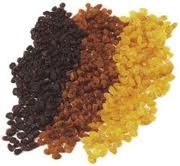 3 kind raisin
3 kind raisin 